In the current real estate market, rising mortgage rates and housing prices have caused many people to find themselves in difficult financial situations, and they start to doubt if they can ever fulfill their dream of becoming homeowners. If you’ve been watching it closely recently, the property market isn’t exactly a buyer’s paradise.

Due to a lack of supply and strong demand, home prices have been rising significantly. Additionally, mortgage rates are rising despite previously being extremely low. This combination makes it more difficult for many people to buy homes and straining the finances of those who already have mortgages.
The Struggles of Achieving Homeownership in Today’s Market
About ten years ago, when Rachel Burress moved into her mother’s home, it appeared to be a temporary pause on her journey to become a homeowner. During those years, the 35-year-old hairdresser worked to raise her credit score and save money for a down payment.

However, it doesn’t seem likely that the mother of three will be signing a contract for a property of her own anytime soon, with mortgage rates currently hovering around 7% and home prices surging. Burress, who currently resides in the hamlet of Aledo, Texas, roughly 20 miles outside of Fort Worth, Texas, said, “I don’t even know if I’ll ever get out and own my own home.” “It feels like we are just stuck, and it is so hard to handle.”
High Costs and the Elusive American Dream
Burress’s story represents the millions of Americans who have experienced financial and personal setbacks due to exorbitant house loan costs and price tags.

This may contribute to the interpretation of the despairing perspective on the current state of the US economy. It also highlights a common existential fear: the American dream is becoming increasingly unreachable.
The Confining Effects of High Mortgage Rates and Rising Prices
High mortgage rates and soaring list prices have left prospective homeowners like Burress feeling confined. For the past few months, the 30-year mortgage rate—which is a common choice for financing a home in the United States—has been bouncing around 7%.
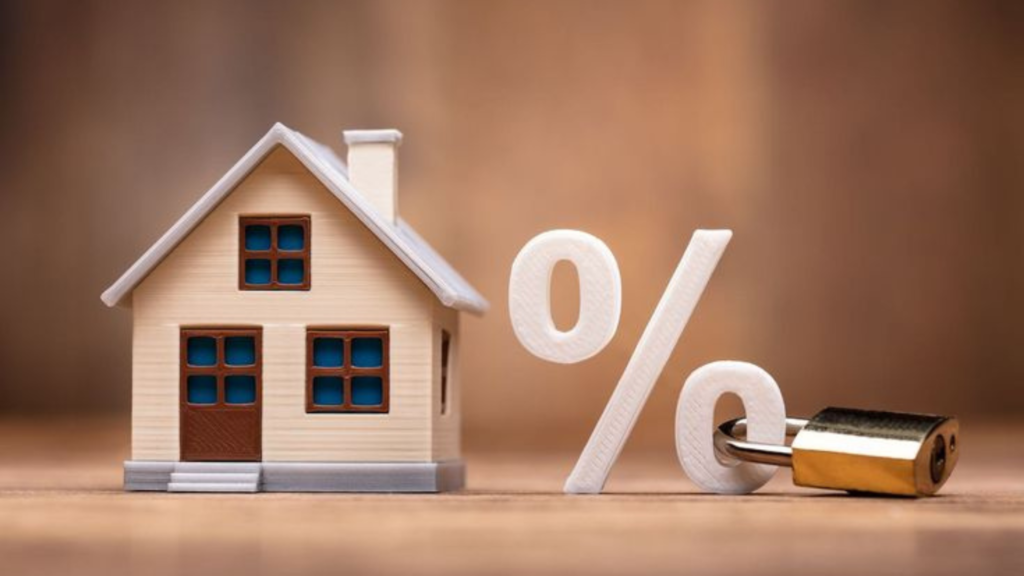
It receded in the latter part of last year, after reaching 8% for the first time since 2000. However, that is a significant increase from the sub-3% levels observed in the early stages of the pandemic, which prompted a rush of homebuyer activity and refinancing.
ALSO READ: Housing Market Defies Historical Trends
Rising Home Prices Further Strain Affordability
On the other hand, rising sticker prices are also adding pressure. The Case-Shiller national house price index has recorded an all-time high this year. In May, Zillow’s index of property values exceeded $360,000, indicating an almost 50% rise over the same month five years prior.

As a result, affordability has significantly decreased from a few years ago. In April 2020, the Atlanta Federal Reserve published a reading on the economic viability of homeownership that was over 36% lower than the epidemic high recorded during the summer.
A Burden Beyond the Average American’s Wage Increase
The Atlanta Fed reports that the percentage of income required nationwide to own the median-priced home last year was higher than 43%. Any percentage over 30% is deemed expensive.

The Atlanta Fed also discovered that, for the average American, the downsides of rising rates and prices exceeded the advantages. That emphasizes how strong these critics are, considering that between June 2019 and June 2024, the average hourly wage on a private payroll increased by over 25%.
The Lock-In Effect: Market Activity Chilled by High Rates
The competitive market offers chilled activity for both buyers and sellers. In theory, rising property values help existing homeowners, but there’s a “lock-in effect” when they worry about paying more for their next home.
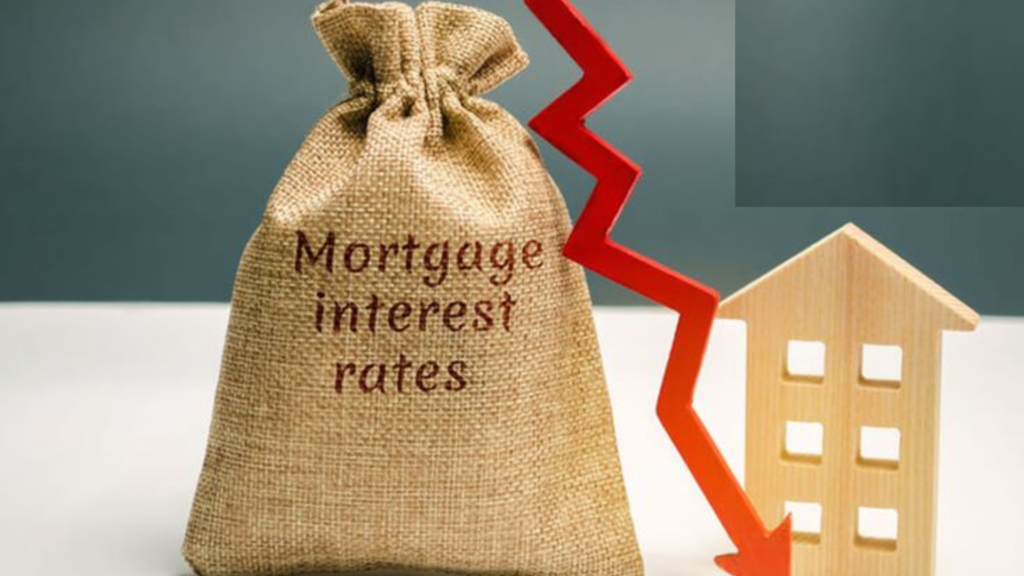
As a result, home sales in 2023 have decreased by more than 875,000. According to data from the FHFA, homeowners with mortgage rates that are 1 percentage point below the present level are 18.1% less likely to sell. This delaying effect has a major impact on market activity.
The Double-edged Sword of Low Mortgage Rate Dilemma
While current homeowners who benefit from low mortgage rates are in a stronger position than prospective buyers, they will face difficulties if they need to relocate because of job relocation or family expansion.
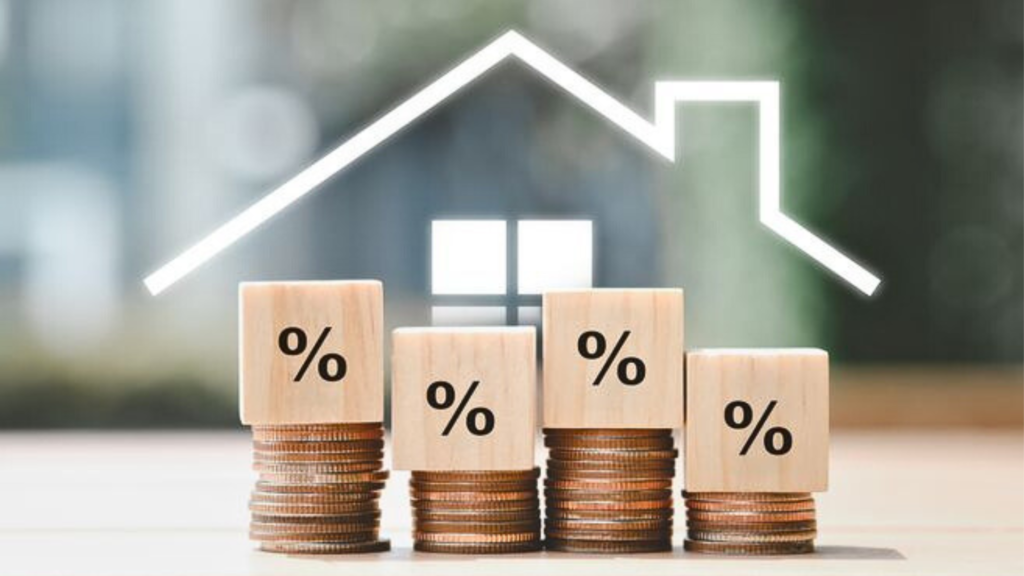
According to Jonah Coste, this group may postpone life transitions that require relocation or struggle to find accommodation that best suits their new circumstances. Luke Nunley, for instance, is delaying downsizing despite family growth since current rates make moving financially unattainable. Nunley purchased a home in Kentucky with an interest rate of less than 3%.
The Implications of Low Mortgage Rates: A Challenge for Economists
Nunley represents most Americans whose mortgage rates are lower than they are now. According to data from the FHFA, approximately 98% of mortgages had fixed rates less than the 7.2% average of late 2023, with roughly 69% having rates less than three percentage points.
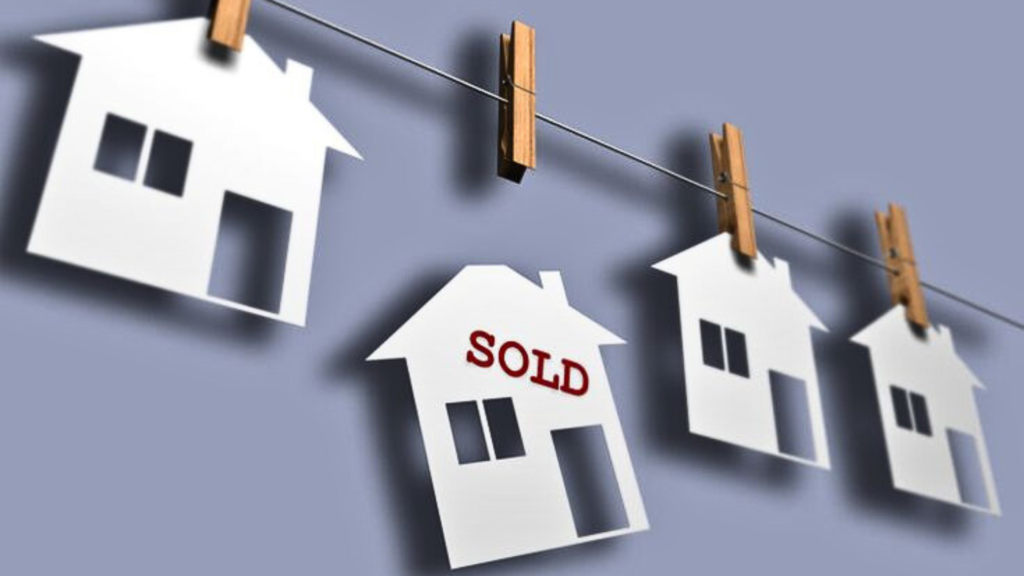
Low rates are common because of the refinancing and buying frenzy during the pandemic. Although this is good news for homeowners, it makes it more difficult for the Federal Reserve to control interest rates and, thus, the economy.
The Impact of Low Mortgage Rates on Housing Market Dynamics
Mortgage rates vary from one another but generally correspond to changes in the Federal Reserve interest rates. Today’s monetary policies appear less restrictive than normal because of the high number of homeowners with low rates.

Contrary to the assumption that prices would decline with rising rates, a low housing supply sustains high prices despite higher borrowing costs. Experts advise building more new housing, especially townhomes, and condos, which are often more inexpensive than single-family homes, to address affordability and lower prices.
ALSO READ: Maine Residents Protest the Construction of $13M Rent-free Housing Complex for Migrants
Growing Barriers to Homeownership Emphasize Generational Difference
The changing landscape of homeownership has created a significant generational gap. More and more buyers depend on financial loans or presents from family members; in 2023, 43% of buyers received such assistance, up from 34% in 2019.

Young people also have to save for down payments over more extended periods—nearly nine years now, compared to fewer than six in 2000. Skylar Olsen, chief economist of Zillow, identifies more general economic issues than individual consumer spending patterns as the cause of this problem.
Adjusting Homeownership Expectations Amidst Rising Costs
According to Skylar Olsen, younger generations ought to manage their expectations about becoming homeowners by perhaps renting for an extended period or using a portion of their property as a source of extra income. The problematic property market is a never-ending concern for people like Rachel Burress.
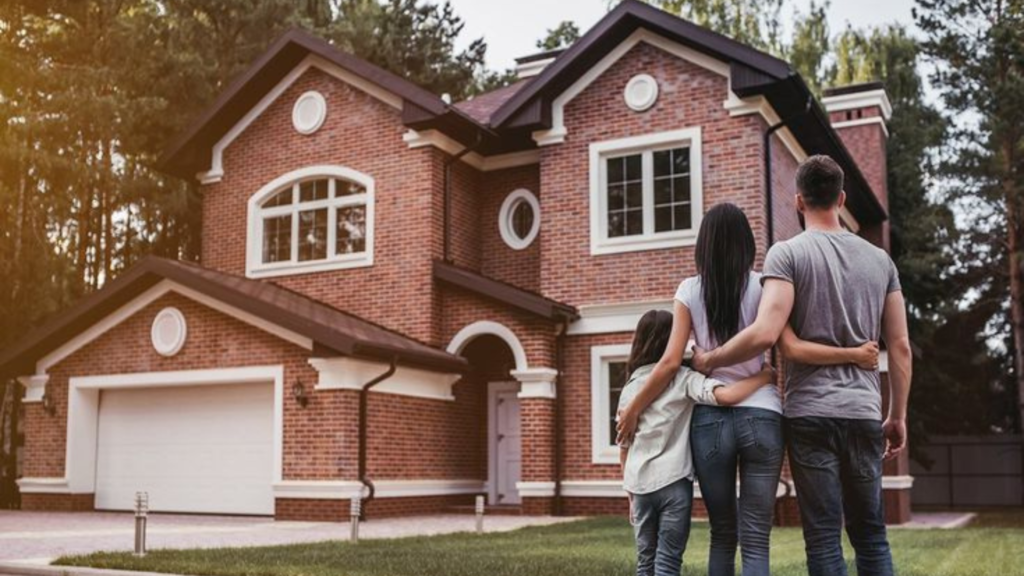
She has worked hard to save money and provide for her family. Still, she feels trapped in a never-ending cycle because of things like unforeseen costs and exorbitant mortgage rates that make owning a home seem unattainable.
You Might Also Like:
Cost of Living in a Colorado Ski Town Becomes Too High
Customers Share Their Nightmarish Experiences on the Worst Starbucks Drinks Ever
Inflation in the U.S. Falls by 0.1% With a Similar CPI Drop
Pfizer Continues Its Once-Daily Weight Loss Pill After Multiple Setbacks Last Year
Here’s the Wage You Need To Earn To Live Comfortably in US Cities

